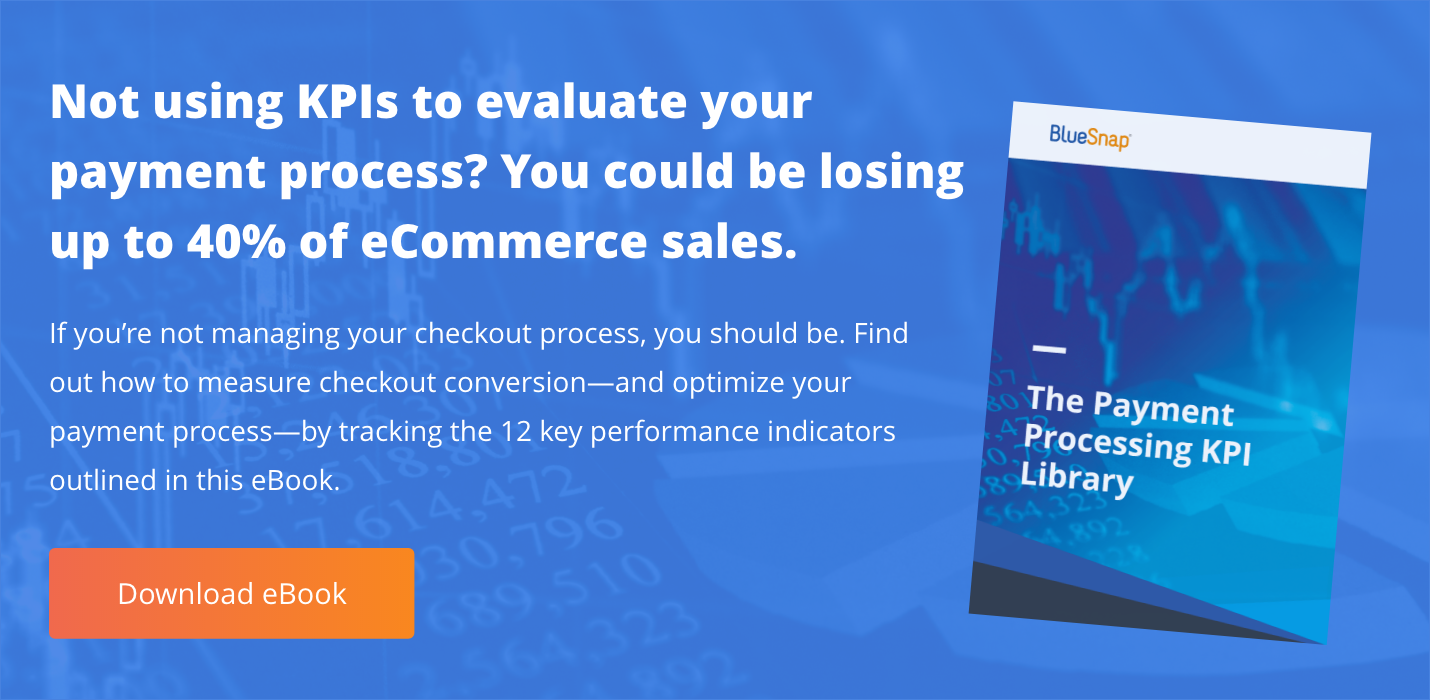Around here, we toss around the term “payment gateway” about a thousand times a day. (We’re also used to examining the concept from all angles, some might say a little obsessively.) But if you’re a new eCommerce merchant—and even if you’re not—the way payment systems work may not be as crystal clear in your mind as it is in ours.
That’s why we’re devoting an entire article to this mission-critical function. The more you understand about what a payment gateway is and how it works, the better off you’ll be in making smart decisions that set your business up for success. If, by the end of this article, you feel better equipped to choose the right payment gateway for you, we’ll consider it mission accomplished.
“What is a payment gateway?”
The term payment gateway refers to the technology that connects merchants and payment networks. Essentially, it serves as a bridge—it captures payment details for customer transactions (whether they’re point-of-sale terminal, online, or over the phone), passes that information to an acquiring bank for approval, and sends the acquiring bank’s response back to the customer.
“How does a payment gateway work?”
First, the gateway captures the transaction request. The gateway is responsible for encrypting the payment information and routing it to an acquiring bank. Then, for a moment, the gateway’s job is done.
Next, the acquiring bank takes ownership of the transaction request. It is typically a bank you would recognize, anything from Bank of America all the way down to your local community bank (or a credit card company like American Express, etc.)—whatever organization originally issued the card to the customer. The acquiring bank’s job is to get authorization for the transaction.
The acquiring bank assesses the request from a funds availability as well as a fraud and risk perspective. Does the customer have sufficient credit or funds? Does it appear to be a valid transaction? The acquiring bank generates a response—yes or no.
The acquiring bank sends the response back to the payment gateway.
The payment gateway’s final job is to present the answer to the shopper in a form they might expect (i.e., “Congratulations, your order was approved!”).
(Keep in mind that all of the above needs to happen in oh, say, about a hundred milliseconds!)
“The payment gateway’s job sounds pretty simple. What are you guys obsessing about?”
Hey, now—it’s not actually as simple as it sounds! While passing payment information from one party to another is the most obvious part of how a payment gateway works, a good gateway helps your business in other ways as well.
1) It should enable you to deliver your version of a superior customer experience.
If the payment gateway doesn’t allow you to design an awesome user interface that matches your unique business, then its technological capabilities are not up to par. Whatever gateway you go with should give you the ability to design great customer experiences, like smooth mobile checkout, in-app purchasing or support the concept of a returning shopper.
2) Allow you to leverage the data created during the payment process by integrating payments with your other key systems.
For your business to run smoothly, you need your systems in sync, and the gateway can help. Choose one that does more than just process payment information—it should also simultaneously:
- Send notifications to your order management system (e.g., “Hey, Joe Smith paid, so ship one T-shirt to Joe at this address!”).
- Inform your customer service system (so when that customer calls with a problem, you’re well aware of his purchase).
- Update your accounting platforms of orders, refunds and deposits to help your team reconcile the books.
- Supply data to your business intelligence system (used in data analysis for predicting customer behavior).
Most importantly, it should incorporate fraud-prevention mechanisms.
Vetting payment gateway providers? Their answers to these 10 questions could mean the difference between increasing your eCommerce sales up to 20%—or not.
3) It should help reduce instances of false declines.
Payment gateways that partner with more than one acquiring bank are equipped for failover—which means if a transaction doesn’t go through the first time, the gateway will automatically try it again at another bank. If some of those partners are international, all the better. Cross-border transactions experience up to 20% more declines due to the challenges posed by using an out-of-country acquiring bank. Global acquiring partnerships pave the way for smoother cross-border transactions, keeping the transaction local and therefore more likely to be approved.
4) It should accommodate a broader number of transactions by accepting numerous payment types.
A good payment gateway should accept all the major payment types, including cards, PayPal, Visa Checkout, and more, as well as ACH and other local payment types around the world—of which there are literally hundreds. If your gateway limits your payment types, it’s essentially limiting that amazing user experience you’re looking to create.
For more information about BlueSnap’s payment gateway, check out our website. Or, if you have questions about how to optimize your payment system for higher conversions, talk with one of our payment conversion consultants—we’re happy to help!


